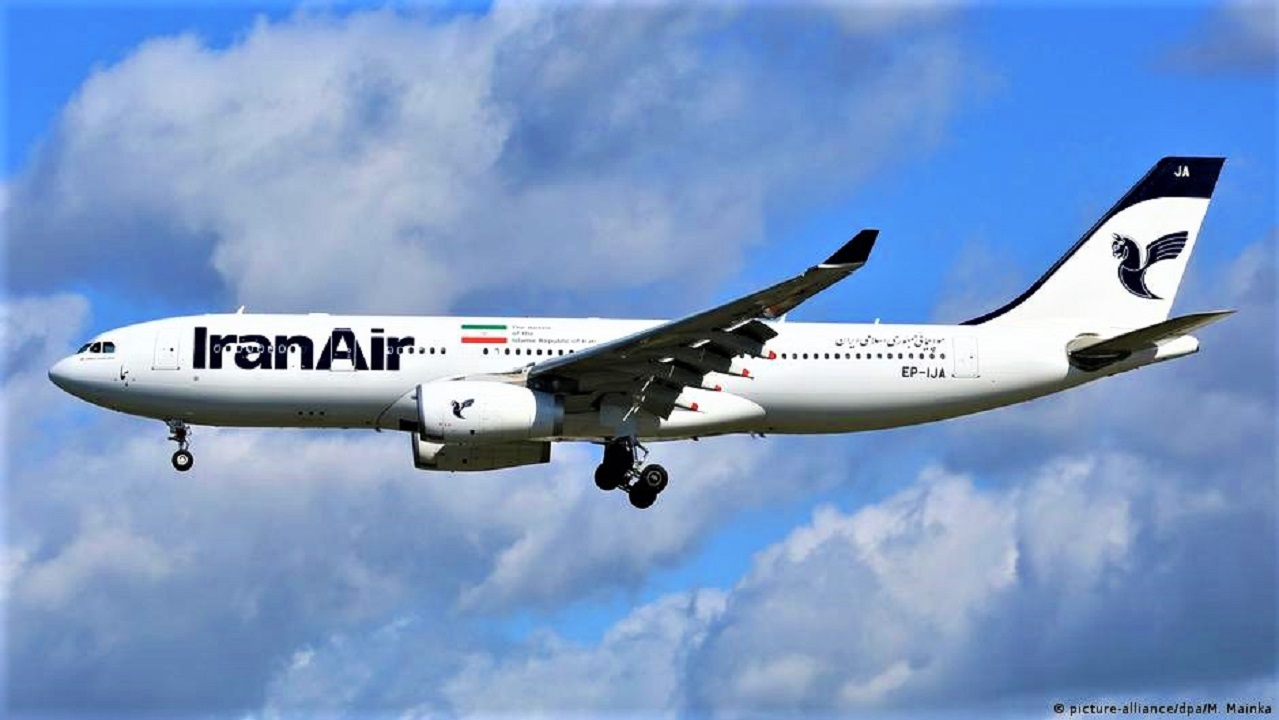It was Sunday, July 3, 1988. Flight 655 of Iran Air – the flag carrier of the Iranian state – left Tehran’s Mehrabad Airport for Dubai with 274 passengers and 16 crew members.
When it was flying over the Persian Gulf and was mid-route, the aircraft burst into flames and its remains fell over a wide area of Iranian jurisdictional waters.
It was not an accident nor was it an attack perpetrated by a terrorist mixed among the passengers. The Airbus had been hit by anti-aircraft fire from the US-flagged missile cruiser Vincennes. It emerged shortly after that the commercial flight had been mistaken for an Iranian Air Force fighter jet. But what was the American ship doing there?
IRAN-IRAQ WAR – In 1988, the war between Iran and Iraq was in its final phase. It had started in 1980 when Iraq tried to seize the Shat el Arab River, a 200-kilometer fluvial arm formed by the confluence of the Tigris and Euphrates rivers that empties into the Persian Gulf.
Between the Iraqis who wanted it and the Iranians who defended it, the two nations fought for eight years, resulting in nearly a million dead, two million wounded, and at least four million displaced.
Iraq was unable to achieve its purpose of seizing the mighty river and its basin, a natural extension of Iraqi territory enclosed in Mesopotamia. Most of the water course remains the arcifinio limit between both nations.
Iran also failed to fulfill its purpose of overthrowing Saddam Hussein, destroying his military might and empowering the Shiite faction historically opposed to the Sunnis led by Saddam.
In this bloody controversy, the United States had sided with Iraq, in the days when Saddam Hussein was a natural ally of Washington and not the bloodthirsty and genocidal leader of the dawn of the 21st century.
AYATOLLAH REVOLUTION – The US had been supporting the Iranian monarchy headed by Mohamed Reza Palevi, the shah who had amassed a huge fortune from oil resources. The resulting social inequalities gave rise to the uprising of the Ayatollahs, Shiite Muslim religious leaders who overthrew Reza Palevi and ushered in the Islamic revolution that rules Iran to this day.
Installed in power, Ruhollah Jhomeini deepened the revolution and did not hesitate for a moment to support the 1979 seizure of the United States embassy by Islamic youths in what was also known as the “hostage crisis” that lasted no less than 444 days. Washington elevated Iran to the category of a “state sponsor of terrorism” while on the other side, Jhomeini responded by calling the United States the Great Satan.
The tensions derived from this diplomatic conflict worsened. The White House knew that the Ayatollah’s regime had inherited an air force equipped with advanced fighter-bombers of North American origin, especially the F4 Phantoms, with outstanding performance in Viet Nam, and the efficient F14 Tomcats, which at that time were the preferred crew of the US Navy aircraft carrier.
And it was a Tomcat that caused the “Gulf Incident.”
“IT WAS A TOMCAT” – The USS Vincennes was a missile cruiser that was part of the Pacific Fleet deployed in international waters of the Persian Gulf since the hostage crisis and the war between Iran and Iraq.
On Sunday, July 3, 1988, the radars captured the silhouette of an airplane moving in the direction of the ship. The state of virtual belligerence between the Iranians and the Americans had deepened, especially after the attempted rescue of the embassy hostages in Tehran in 1980.
The Iran-Iraqi war was in its final phase and the prevailing climate in the Vincennes situation room was one of maximum tension. Although the US fleet was not a primary target for the belligerents, the cruiser’s radarists interpreted the dot moving across the screen to be an F14 commissioned to harass the cruiser.
The Pentagon would affirm, years later, that the ship’s anti-aircraft defense still did not have an instrument sophisticated enough to distinguish, in seconds, the difference between a warplane and a commercial passenger flight.
“I WILL NOT APOLOGIZE” – “I don’t care what the facts say. I will never apologize for America.” This was the harsh response that George Bush Sr., in 1980 Vice President with Ronald Reagan, gave to public opinion upon learning of the tragic mistake made by the US Navy in the Persian Gulf.
“This is an incident typical of a state of war. The crew of the Vincennes acted appropriately in defense of the ship,” White House spokesmen said. Although the US was not a direct actor in the conflict, its explicit support for the Iraqi regime of Saddam Hussein made it a potential target of retaliation from the side led by the Ayatollah regime that ruled ancient Persia.
A comparable incident was the shooting down of a Korean Air Boeing 747 over restricted territory of the then Soviet Union in 1983. Mig and Sukhoi fighters took care of the job. Result: 269 dead.
In July 2014, a Malaysian Airlines flight went down in flames over Donetsk Territory in eastern Ukraine after being hit by a Russian-made missile. 298 people died in the incident.
Finally, on January 8, 2020, a Ukraine International Boeing 737 was shot down “by mistake” by an Iranian Revolutionary Guard missile, after taking off from Tehran bound for kyiv. Its 167 occupants died. Tehran continues to deny its responsibility in the tragedy.
Something more than “collateral damage”, the collateral damage that has given so much to action cinematography.


















